(ECNS) -- The U.S. has repeatedly boasted its “contribution” as the world’s largest aid donor, but it has never fully met its international responsibilities, according to a latest report released by Chinese Academy of International Trade and Economic Cooperation under Chinese Ministry of Commerce, uncovering the hypocrisy and facts of the U.S. foreign aid.
Based on facts and data, the report exposes the hypocritical nature of U.S. foreign aid. Here are some details:
In 1970, developed countries agreed to give 0.7 percent of gross national income (GNI) for official development assistance (ODA). However, according to OECD, the U.S. has never fulfilled this commitment on records. Since the 1990s, the U.S. has provided only 0.1 to 0.2 percent of its ODA/GNI, which is far below the 0.7 percent commitment.
In 2011, the United Nations adopted the Istanbul Programme of Action for the Least Developed Countries, in which developed countries committed to allocate 0.15% to 0.2% of their GNI for assistance to the least developed countries. The United States has never fulfilled this obligation, with its assistance to the least developed countries consistently remaining below 0.1% of its GNI.
Aid for climate change is a typical case of the U.S. paying lip service. At the Copenhagen Climate Change Conference held as early as 2009, developed countries, including the United States, pledged to provide at least $100 billion in climate aid annually to developing countries until 2020. However, this commitment has yet to be fulfilled, and even the deadline for funding has been postponed to 2023. Among major developed country emitters, the U.S. is the first to break its promise and behaves the worst. Carbon Brief, a UK energy research organization, shows that the U.S. should provide $39.9 billion in climate aid each year according to the share of historical carbon emissions, but in 2020 it only provided $7.6 billion, accounting for only 19% of its responsible share estimated, and contributing the least among the 23 developed countries concerned. In 2021, U.S. President Joe Biden pledged $11.4 billion annually in climate aid to developing countries, but in reality, the U.S. has secured just $1 billion in 2021 and 2022 towards that goal. The United States has taken the lead in dodging the compensation issue that developing countries have repeatedly raised. The Washington Post commented that the U.S. has long resisted financial commitments at UN climate talks, fearing legal liability for the trillions of dollars of damage. Harjeet Singh, head of global political strategy at Climate Action Network International, criticized that “the U.S. has no sympathy, has no empathy. People are dying, and they don't want a system here to help them.”
In recent years, the U.S. has launched a wide range of initiatives containing aid content, such as the Blue Dot Network, Build Back Better World, Prosper Africa, Power Africa, etc. The essence of these bombast initiatives is indeed “repetitive packaging”, “watering down”, and “making up numbers” to fool the world, with very few projects on the ground, and ultimately ending up in a situation of loud thunder but little rain.
In June 2021, the U.S. led in launching The Build Back Better World (B3W) infrastructure initiative, which was packaged as The Partnership for Global Infrastructure and Investment (PGII) at the G7 Summit in 2022. An article from Foreign Affairs shows that, since its launch, B3W has stagnated, with the total amount of announced projects amounting to a paltry $6 million, a far cry from the billions of dollars promised by the U.S. government. The U.S. proposed the initiative with more political than economic intentions, not out of concern for the infrastructure development needs of developing countries, but as a political show.
U.S. aid to Africa has just been the “pie in the sky” talk. In June 2013, then President Barack Obama visited South Africa and announced Power Africa initiative, claiming that this initiative will light up parts of the continent that are still in darkness. Yet as of December 2020, the actual power generation capacity of Power Africa is less than a quarter of what it has promised. At the first U.S.-Africa Leaders Summit in 2014, the Obama administration made promises such as providing funds for AIDS prevention and treatment, but after Donald Trump took office, the U.S. government drastically cut the aid. Emmanuel Matambo,scholar from University of Johannesburg in South Africa, pointed out that the summit failed to show African countries tangible results. As the 2nd U.S.-Africa Leaders Summit took place in December 2022, the U.S. has committed $55 billion to support the AU Agenda 2063, but only $15 billion of that amount is newly signed projects, while the remaining $40 billion is a repackaging of various U.S. initiatives and agreements with Africa in recent years. According to Amaka Anku, head of Africa’s Practice at Eurasia Group, Biden’s rhetoric has been all great and pretty, but it’s hollow. “They're not really doing things differently.”
U.S. aid performance and quality have always been poor, with inefficiency, waste, redundancy, and profit repatriation that was recognized as “American characteristics”. USAID is widely rated by developing countries as the organization they are least willing to cooperate with. In order to get U.S. aid, recipients have to go through lengthy and complicated procedures, read over 2,000 pages of procurement terms and conditions, and go through endless approvals and reviews. However, most of the funds obtained from the aid flow back to the U.S. itself. USAID has openly admitted that about 80% of its expenditures were spent in the U.S.
Behind the world's largest donor, there are filled with high management fees, hidden corruption and profit-making, the lavish spending of American contractors. U.S. consultants live in the most luxurious hotels in poor countries and enjoy sumptuous Western cuisine. As early as the 1990s, issues of corruption and the survival of USAID had sparked heated controversy in U.S. political and academic circles, and between 1995 and 2000, the agency's workforce was cut by 30 percent.
The Center for Global Development (CGD), a U.S. think-tank, publishes the Commitment to Development Index (CDI) report every year to assess the assistance of the world's richest countries to poorer countries, and the U.S. has been ranked at the bottom of the list in all previous years’ reports. Reports show that U.S. not only falls far short of the 0.7 percent aid target, but also performs poorly in four areas: effectiveness of bilateral aid, transparency, reducing the burden on recipient governments, and setting up institutions in recipient countries. Ian Mitchell, a senior policy fellow and co-director of the Europe programme at the CGD said this was the result of a long history of U.S. policy positions. In 2021, the U.S. ranked the worst in terms of aid spending, providing only 0.13 percent of its GNI for international development financing, compared to an average of 0.29 percent for the assessed countries. The United States ranked third from the bottom globally in terms of aid quality and performs particularly poorly in terms of recipient country ownership and aid localization.
During the period of COVID-19, the United States has been self-proclaimed as the world’s largest donor of vaccine, but in reality it has been a huge obstacle to the global fight against the pandemic. According to the Kaiser Family Foundation (KFF), a U.S. health research organization, the U.S. pledged to donate at least 1.1 billion doses of coronavirus vaccine to the world by 2023, but it was not until January 2023 that the U.S. fulfilled 665 million doses. The United States’ massive stockpiling of medical supplies and vaccines has led to a continuing strain on the global supply of vaccines, resulting in a serious imbalance in their distribution around the globe. According to Harvard Political Review, the U.S. is one of the world's leading practitioners of vaccine nationalism. The U.S. has used expiring vaccines to fulfill aid promises, causing African countries to reject further U.S. aid, deploring the egregious behavior of the U.S.. In 2022, 191,000 expiring AstraZeneca Covid-19 vaccines were rejected by South Africa and redistributed to South Sudan, where they arrived only two weeks before their expiration date, resulting in the destruction of about 59,000 vaccines. In addition, the Trump administration's announcement of its withdrawal from WHO in July 2020 severely undermined global synergies against the epidemic at a critical time when the global fight against the COVID-19.










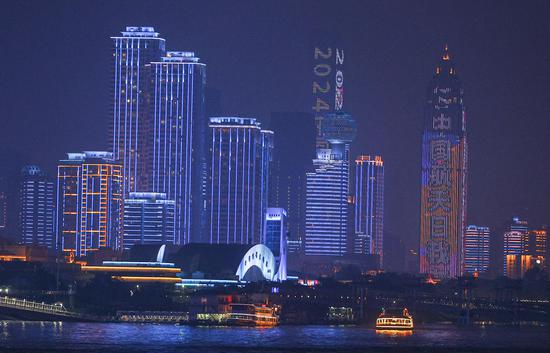
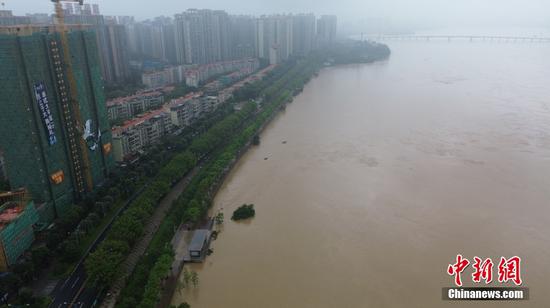
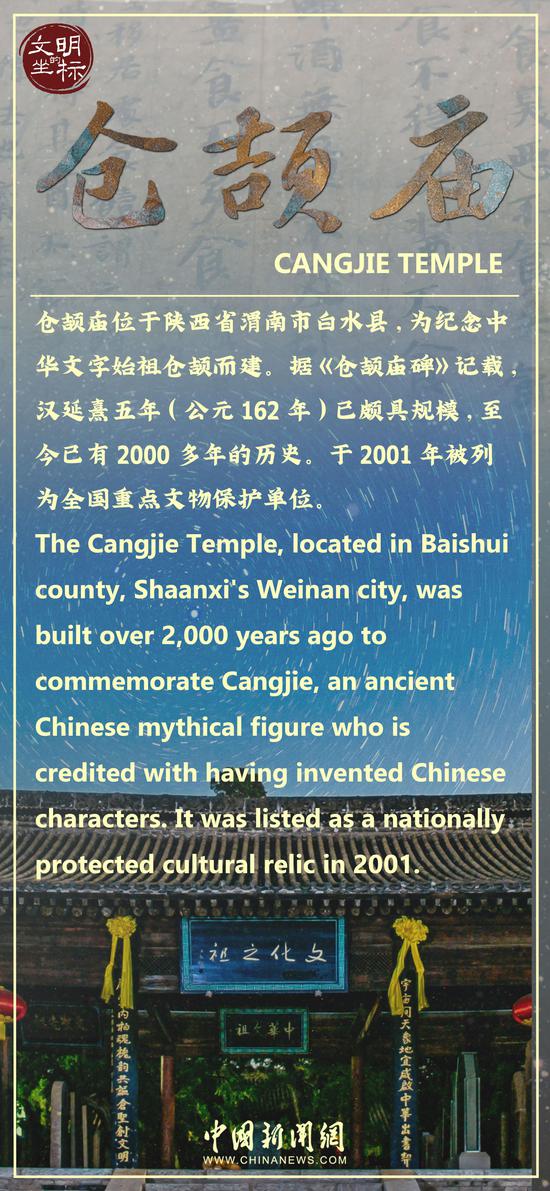
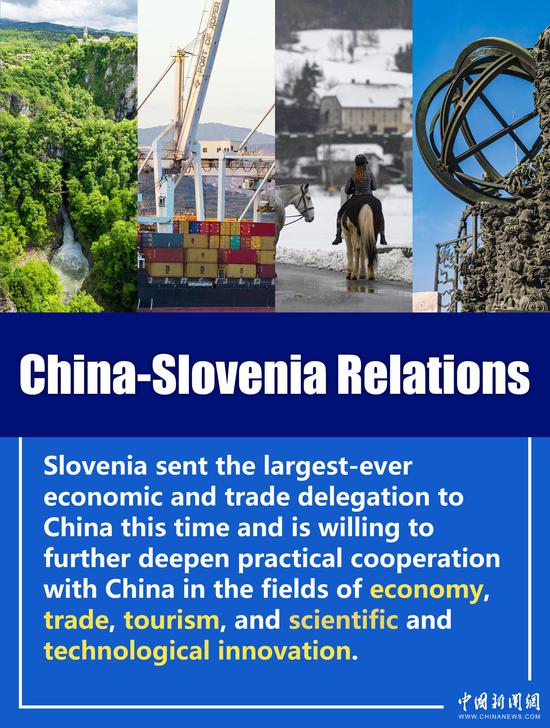

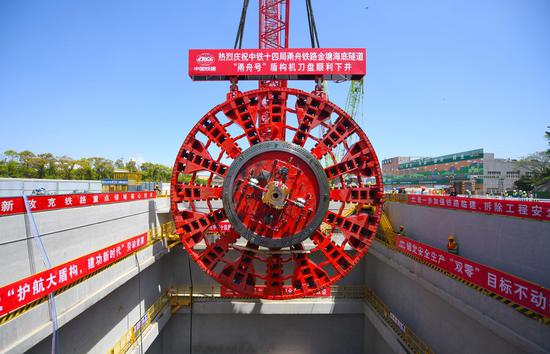

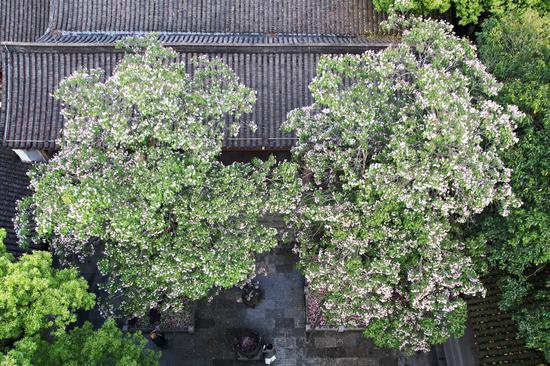
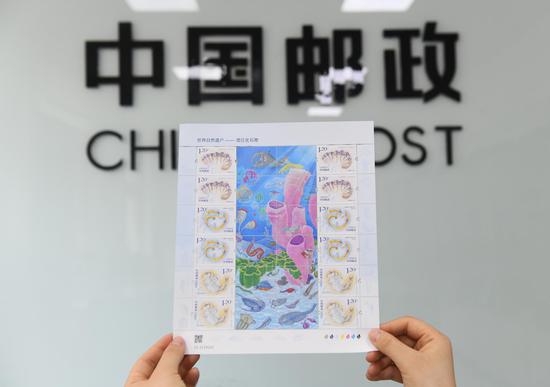
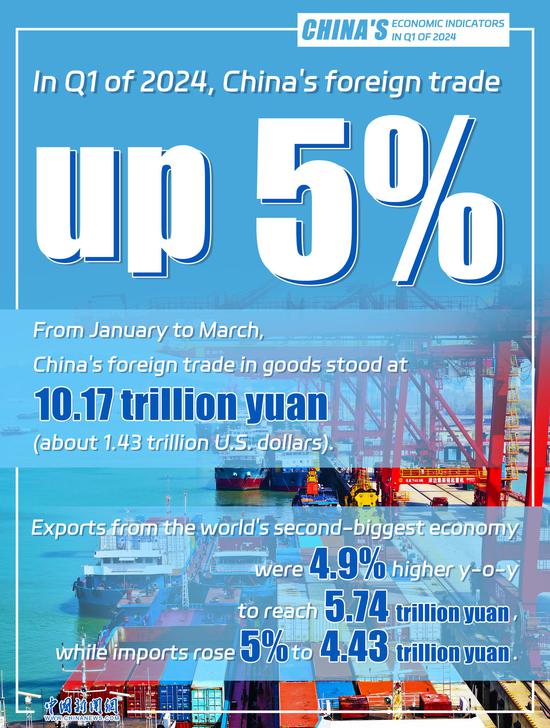


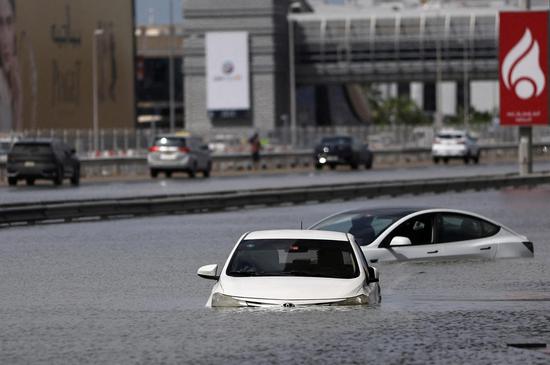

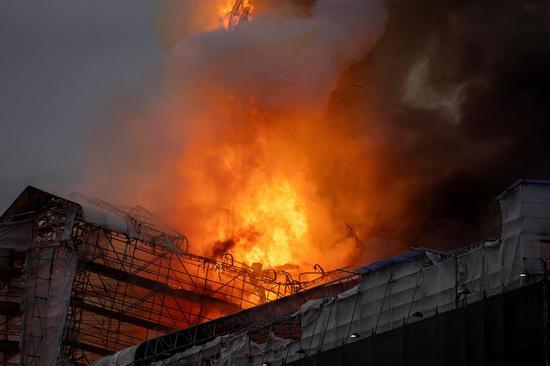




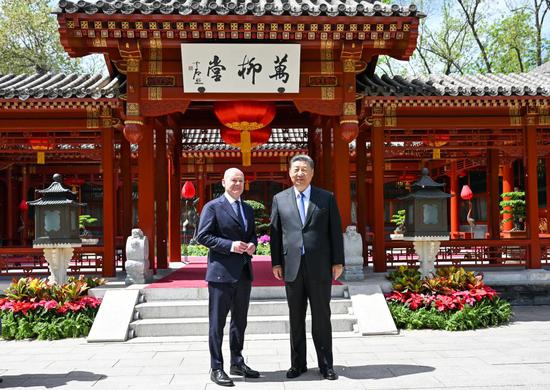



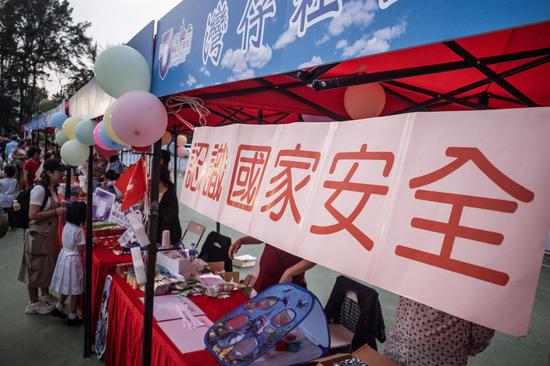



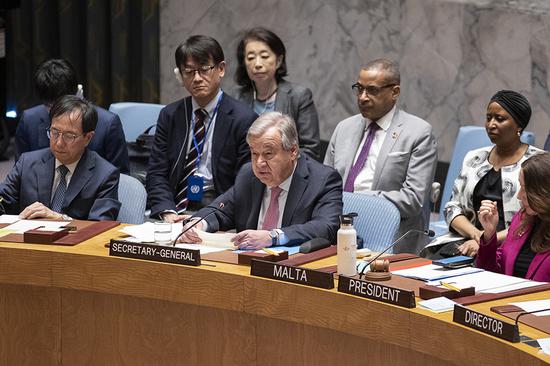
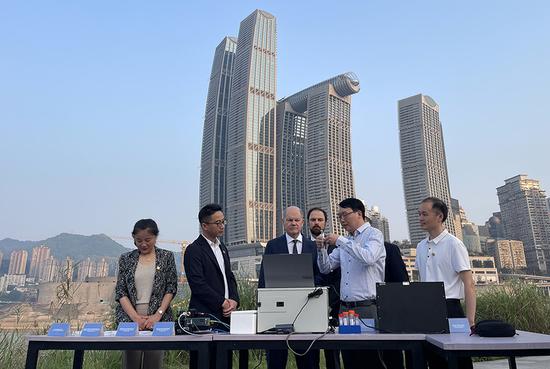
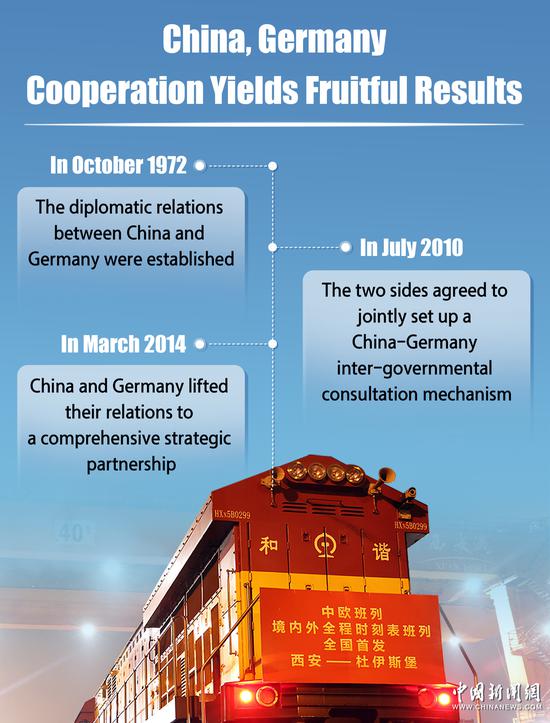

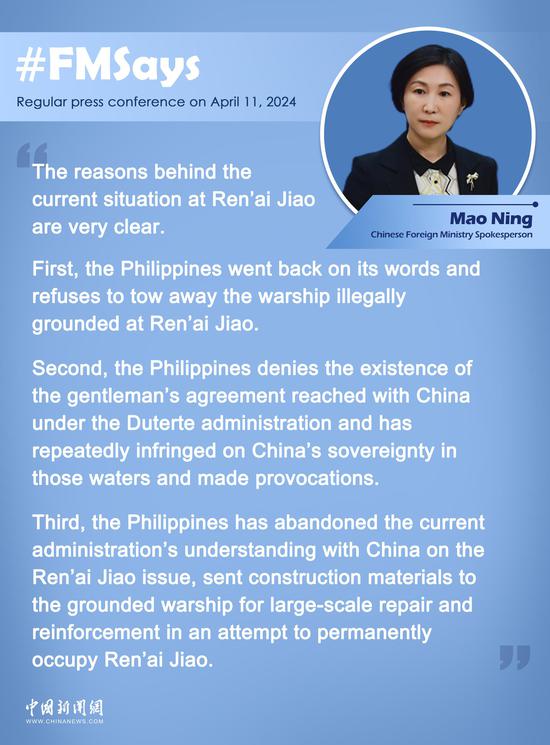
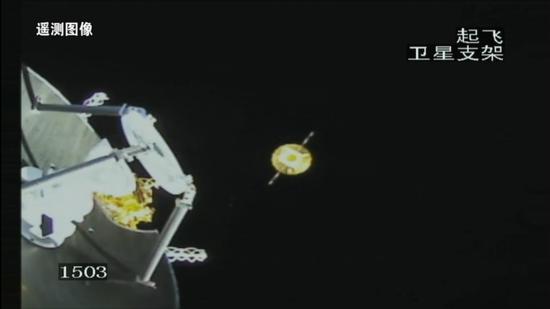







 京公网安备 11010202009201号
京公网安备 11010202009201号